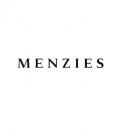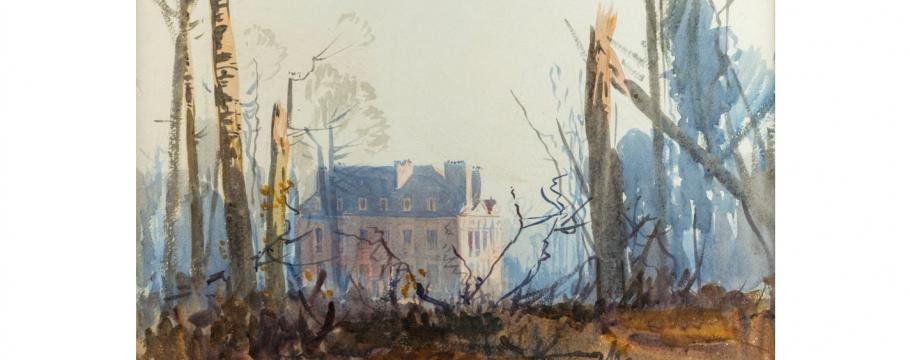
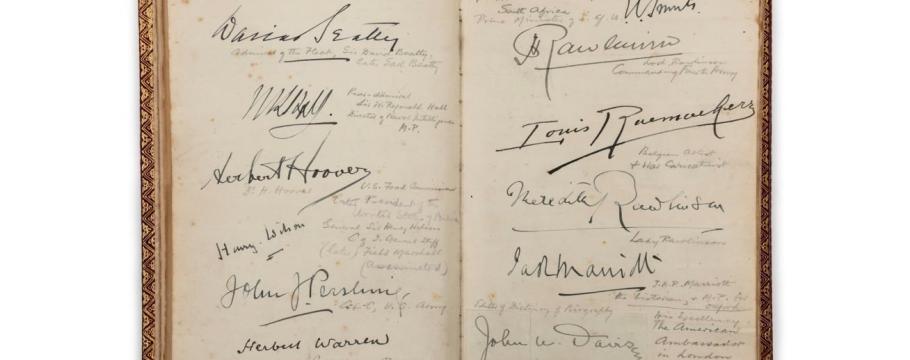
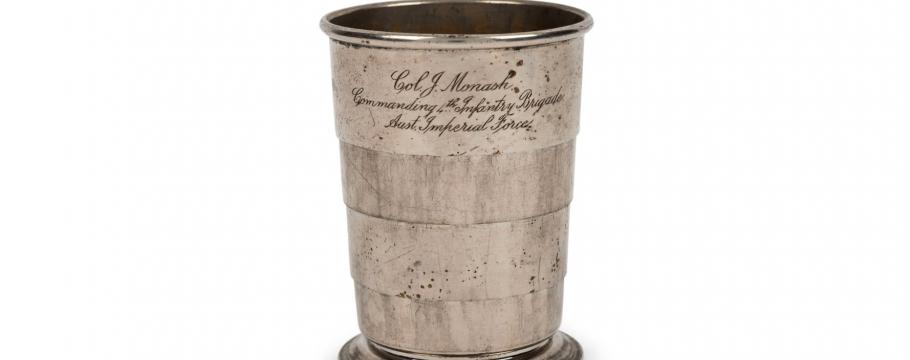

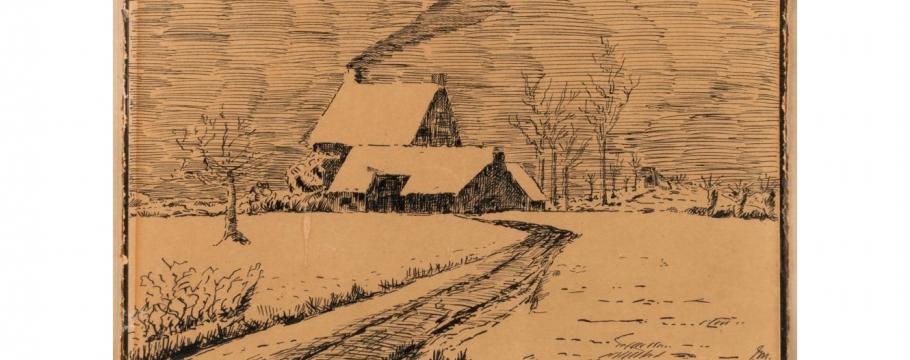
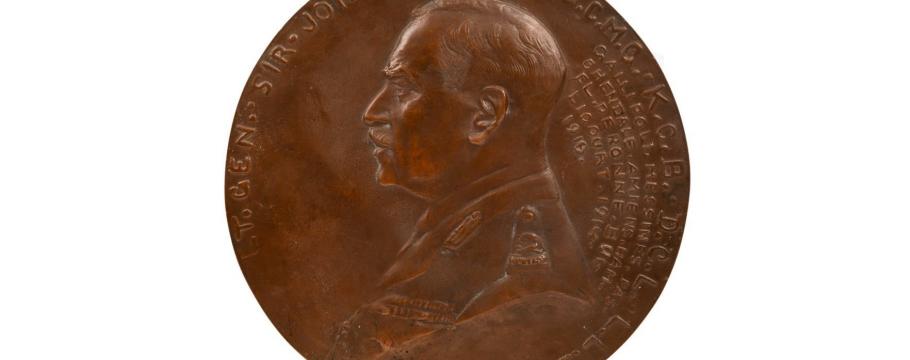
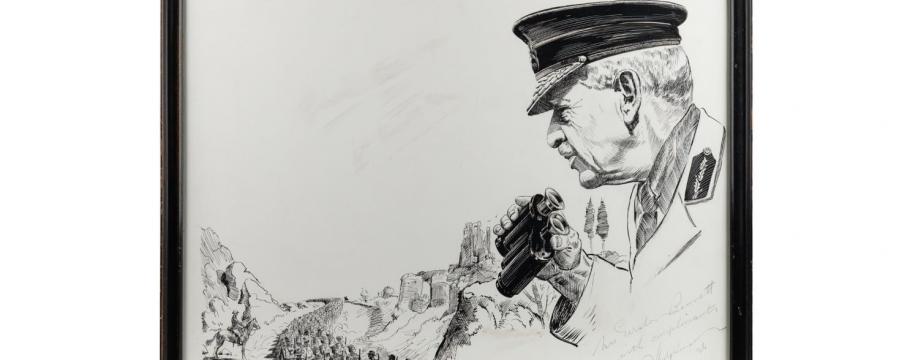
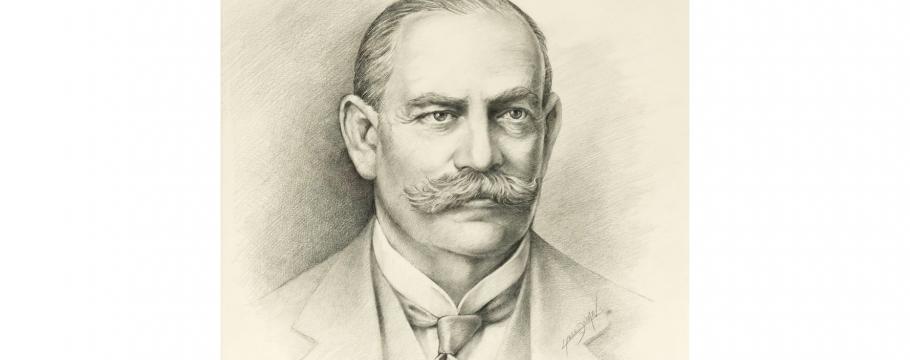
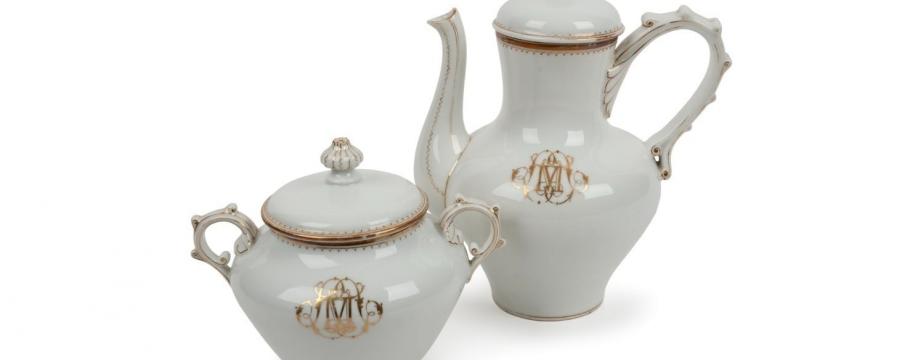

Sir John Monash collection an Australian auction treasure
Author: Richard Brewster | Posted: 17th May, 2024
General Sir John Monash (1865-1931) is undoubtedly one of Australia’s most iconic figures – his name perpetuated in institutions such as Melbourne’s Monash University and a major city freeway also bearing his moniker.
Regarded by some as “the only general of creative originality produced by the First World War”, Monash headed Australia’s 4th Infantry Brigade at Gallipoli and in May 1918 became the Australian Corps commander, at the time the largest military contingent on the Western Front.
Born in Melbourne, Monash was a particularly gifted student, matriculating at age 14 from Scotch College and graduating in 1893 with a Master of Engineering at the University of Melbourne.
His personal memorabilia collection, assembled during his lifetime, has now been presented to Melbourne-based Leski Auctions for auctioning as part of its forthcoming two-day Australian & Historical sale from 10am Saturday May 25 and Sunday May 26 at 727-729 High Street, Armadale.
The auction is broad ranging and includes pottery, glass, silver, jewellery, furniture, art, maps, tribal artefacts and convict memorabilia amongst the items on offer.
Comprising lots 703-776, the Monash collection features a painting of the general’s November 1918 headquarters at La Cateau (lot 720) by leading Australian landscape artist Sir Arthur Streeton (1867-1943).
Estimated at $50,000-$80,000, Streeton completed the work after he visited the headquarters and then gifted it to Monash as a token of gratitude.
One of the more fascinating lots is Sir John Monash’s autograph album (lot 703) which contains hundreds of tipped-in or written signatures, many with additional greetings or messages. It is a remarkable record of some of the great men and women of the late 19th and early 20th century.
Another is the World War One period officer’s collapsible cup with “Col. J. Monash. Commanding 4th Infantry Brigade” engraved on the outside (lot 716).
Intriguing is the Gasc’s Locket French Dictionary, “the smallest French & English Dictionary” in a small metal locket (lot 717) and printed on fine India paper. The dictionary was captured on August 6/7 from a Turkish officer and is a personal relic of Monash’s time at Gallipoli.
Monash also was quite a competent artist and there are a couple of his sketches in the collection including a 1917 pen and ink rendition on card entitled A Sketch by Monash – Northern France (lot 718).
A 1919 large brass medallion featuring Monash’s profile and accompanying text (lot 722) is a further attraction.
Struck in London, the medallion was designed by Australian sculptor and medallist Dora Ohlfsen (1869-1948), who also created the 1916 Anzac Medal as well as those for a range of prominent public figures and politicians – including Australian World War I Prime Minister Billy Hughes, British Prime Minister David Lloyd George and Italian Fascist leader Benito Mussolini.
Text on the medal reads “LT. GEN. SIR JOHN MONASH. G.C.M.G., K.G.B., D.C.L., L.L.D. GALLIPOLI. MESSINES. PASCHENDALE. AMIENS. HAMEL. PERONNE. BULLICOURT. 1914 – 1919.”
There are a several portraits in the collection – one an untitled sketch by Roy Cecil Hodgkinson (1911-1993) of him reviewing Australian troops marching past his vantage point (lot 773) – and another the original artwork for the 1996 $100 John Monash polymer banknote (lot 776) by Lyell Lance Dolan (born 1942) and presented to the family.
The third portrait is of his grandson John Monash Bennett (lot 750), who died in 1929 aged seven from influenza, by Percival (Percy) Israel White (1885-1967).
Two surviving pieces of a monogrammed dinner set – a lidded teapot and lidded sugar jar (lot 728) – also are part of the auction, along with a carved blackwood lidded pot (lot 770) containing a silver plaque with the words “General Sir John Monash G.C.M.G., K.C.B., from the Council of the Working Mens College 23-7-31”.
An interesting memento is the plaque (lot 775) presented to Monash’s daughter Bertha Bennett in 1965 when the Australian Army ship John Monash (AS3051) was commissioned.

